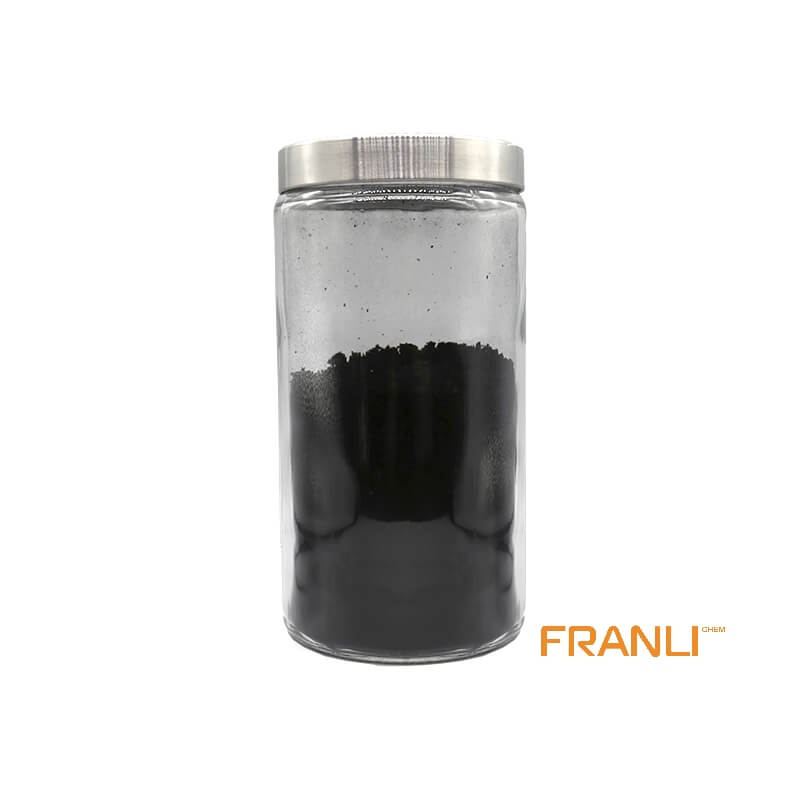

Graphene
Size
1-2nm thick x 0.5-5microns wide
Package
According to customer requirements
Features
High strength, high electrical conductivity, etc.
Application
Can be used as filler(between 0.01% and 5%).
Graphene, as the thinnest, toughest and best conductive nano material found at present. It is a two-dimensional crystal composed of carbon atoms stripped from graphite material with only one layer of atom thickness. Known as “black gold”, it is “the king of new materials”. Scientists even predicted that graphene “will completely change the 21st century”.
Request a quoteGraphene because of its excellent optical, electrical, mechanical properties, is considered by the scientific community to be a future “revolutionary” material, and graphene battery is a rapid shuttle motion between lithium ion and graphene surface electrodes between the development of the battery, it has a particularly excellent performance, compared with the traditional lithium-ion battery and lead-acid battery still has obvious development space, in the future more convenient for people’s lives. At this stage, the so-called graphene battery on the market, the internal composition is more as a conductive agent, to help the battery achieve fast charging, the electrolyte inside the battery in winter, the activity will still decline and become viscous, in the low temperature environment, the battery will still appear capacity decay is not durable.

Graphene battery advantages
(1) Graphene battery charging speed is faster: the current battery used for electric two-wheelers, due to the presence of graphene components inside, so its charging speed is also much faster than ordinary lead-acid batteries, under the same specifications, graphene batteries can charge to 80% in 1 hour.
(2) The development prospects of graphene batteries are better: because graphene has the advantages of strong conductivity, light weight, small size, high strength, good toughness, excellent thermal conductivity, etc., graphene batteries are also considered to be a new type of battery that can replace lithium batteries, if it can overcome related technical problems, but it is expected to be widely used in mobile devices, aerospace, new energy batteries and other fields.
Difference from hydrochloric acid batteries
(1) Lead-acid battery technology is more mature: lead-acid battery was originally born in 1859, has experienced nearly 150 years of development, in the technical aspects have also been very mature, the current lead-acid battery is also widely used in transportation, communications, electric power, military, navigation and other fields, with extremely high reliability and durability. On the other hand, the concept of graphene batteries only began to appear in 2010, and its technical development has not yet made obvious breakthroughs, and is currently mainly limited to the production process and material costs.
(2) The price of lead-acid batteries is cheaper: because lead-acid batteries have a longer development history and more mature technology, the price of lead-acid batteries has a very obvious advantage over graphene batteries, electric two-wheelers or lead-acid batteries for automobiles, the price will be more affordable than graphene batteries.

The principle of graphene batteries
A test of self-charging at the Franli plant using ambient heat. The circuit contains LEDs, which are connected to strip graphene with wires. Electrons flowing through the circuit are seen faster in graphene, outpacing the speed at which it passes through the solution, so the electrons naturally choose a path through the circuit. It is this that lights up the LEDs’ release electrons that tend to pass through the graphene surface rather than enter the electrolyte, which is how the device generates voltage.
Graphene battery technology is similar in structure to conventional batteries, using two electrodes and an electrolyte solution to facilitate ion transfer. The main difference is the composition of one or two electrodes. This change occurs mainly at the cathode, but it is also possible to utilize the carbon allotropes in the anode. The cathode in conventional batteries is entirely composed of solid materials, but the cathode in graphene batteries uses composite materials
In the field of batteries, with the enhancement of graphene, traditional battery electrode materials have been significantly improved. Graphene can make batteries lightweight and durable, suitable for large-capacity energy storage, and shorten charging time. This will extend the life of the battery, which is negatively correlated with the amount of carbon coated on the material or added to the electrodes to achieve conductivity, while graphene can improve conductivity without using the amount of carbon in conventional batteries for morphological optimization and performance.
In fact, graphene material itself has the advantages of good toughness, high strength and good conductivity, so theoretically the quality of graphene batteries will be better than ordinary types of batteries, but the current graphene battery material preparation process and related technologies are not mature enough, and there is a lot of room for development in the future.



